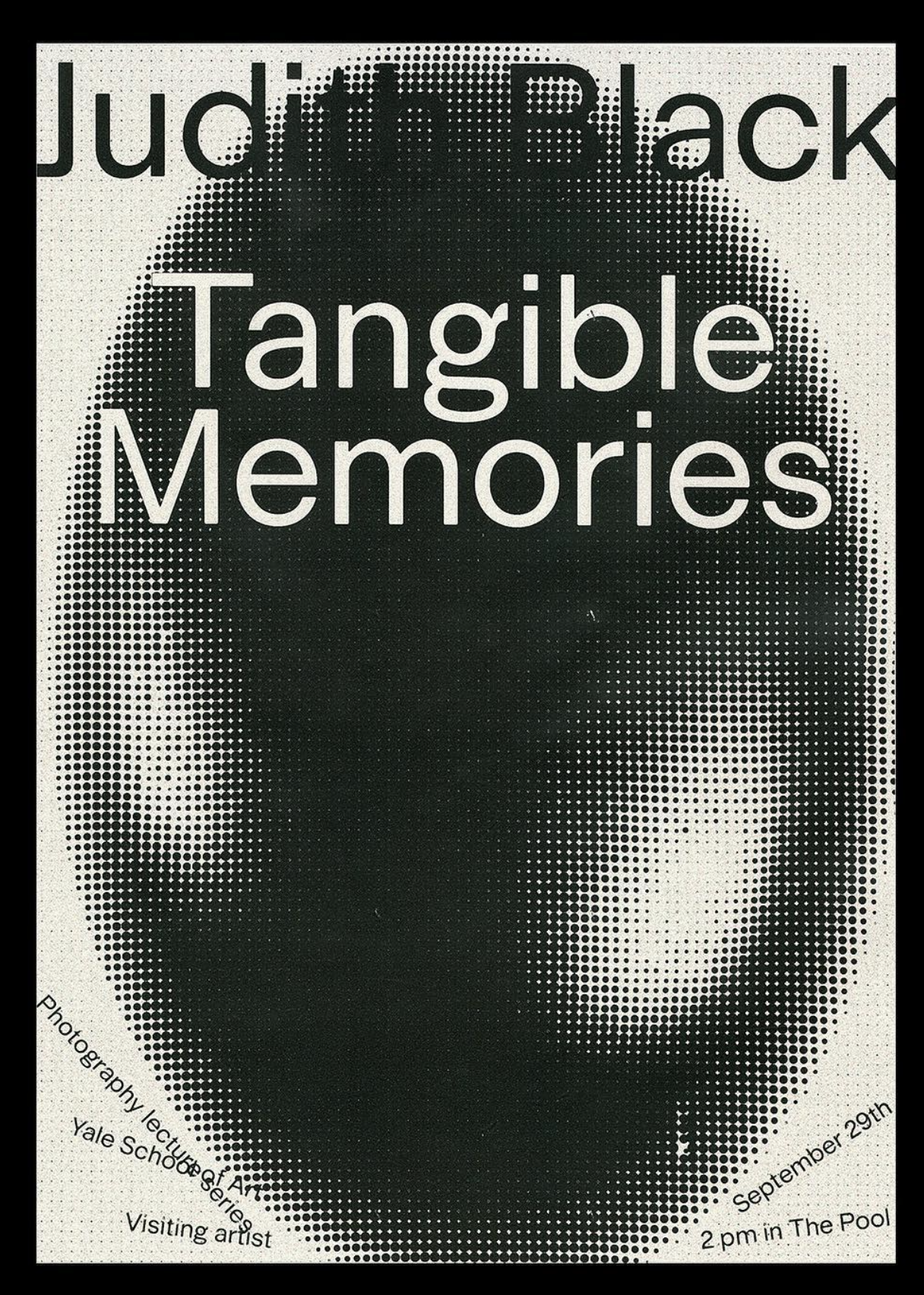Week 2.1 Commentary - Felix Li
I was particularly pulled by Dondis’ commentary on tone and in particular that “we accept a monochromatic representation of reality in the visual arts and we do it without hesitation…monochromatic surrogates and represent a world that does not exist” (49). Tonality serves as a central member to the dimension of a visual work and it is because of that apparent depth, and even lack thereof, we readily accept visual media. However, I wonder if our hesitant-less acceptance of tonal work is that of visual conditioning from everyday consumption of human-produced media or that primarily of the natural world.
I also found Dondis’ notes on texture intriguing; she comments on how we are “strongly conditioned not to touch things or people with anything approximating sensual involvement” and “[t]he result is a minimal tactile experience and even a fear of tactile contact” (56). Her remarks on how texture is often faked in the production of materials brings to mind many questions on the evolution of the human touch and our visual reliability for texture. A part of me wonders if media and artwork is trending further and further away from tactile experience given how much visual work and optics dominate colloquial culture. Will the digitization of “tactile” interfaces and experiences impact our perception of touch by the means of sensory deprivation?
Here are some references of tone and texture:
 (Arrival of a Train, Lumière Brothers)
the readiness? to “accept” the monochromatic
(Arrival of a Train, Lumière Brothers)
the readiness? to “accept” the monochromatic
 (Judith Black event poster)
the dot as texture
(Judith Black event poster)
the dot as texture